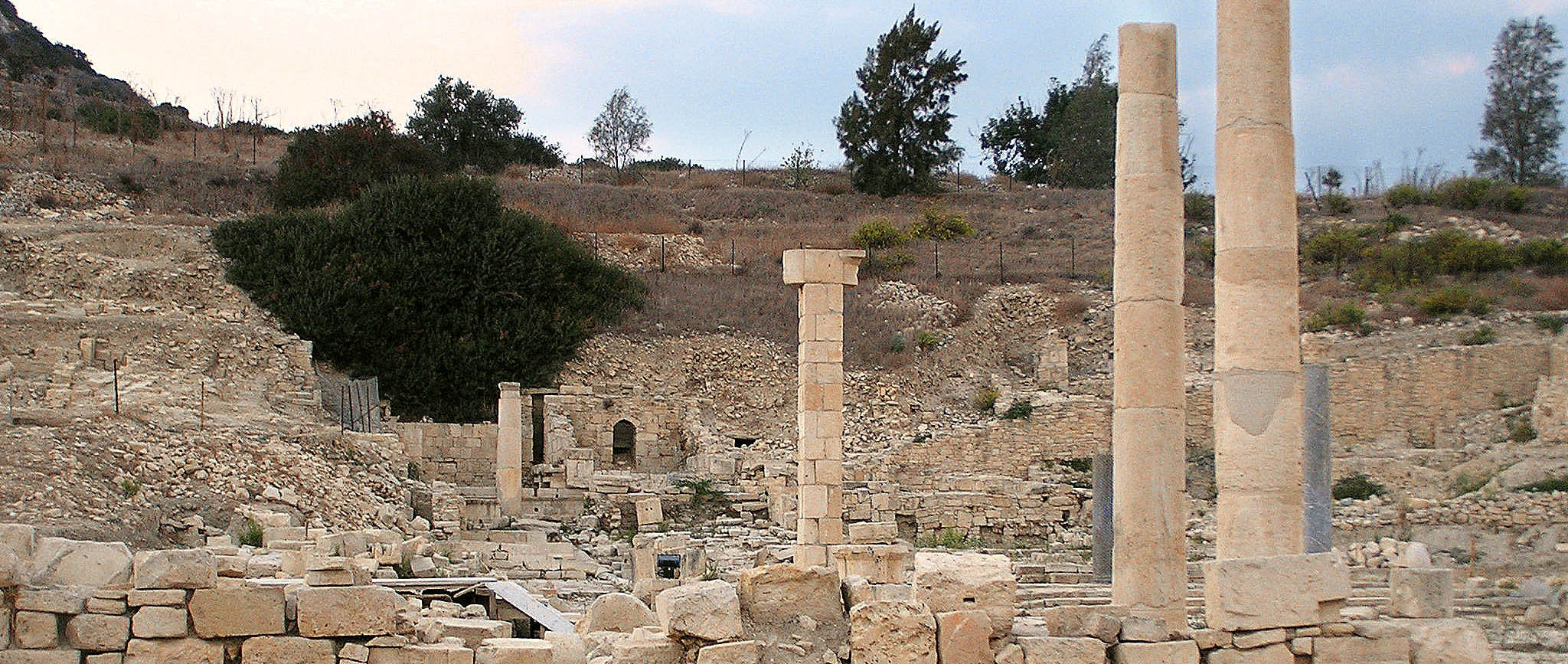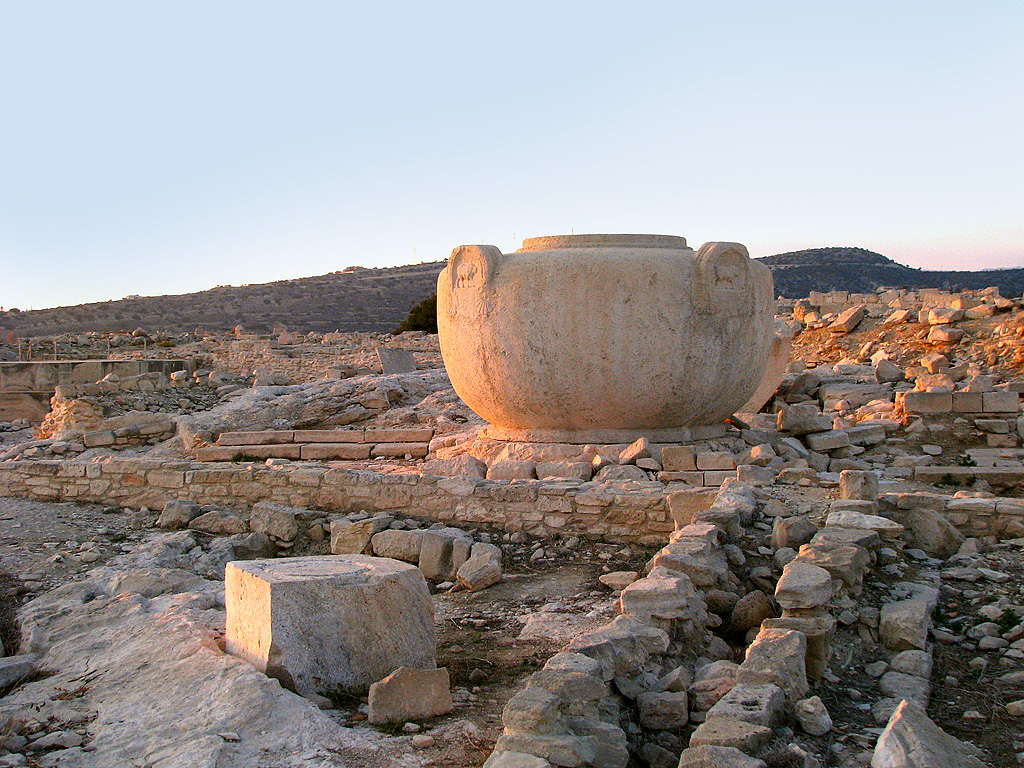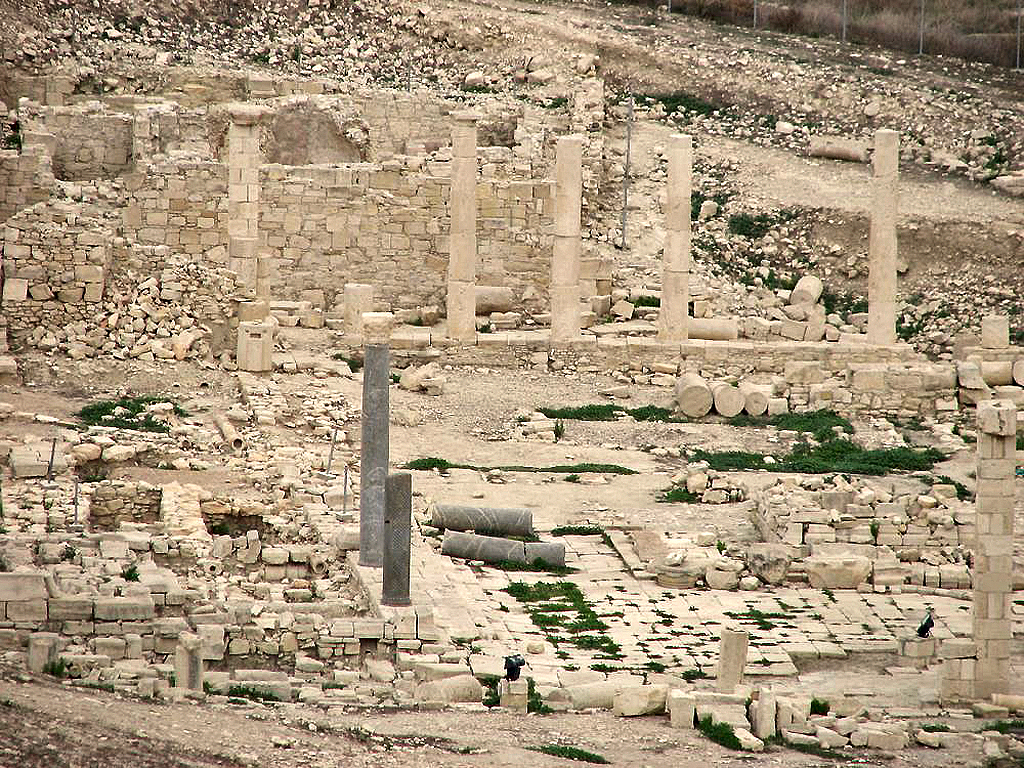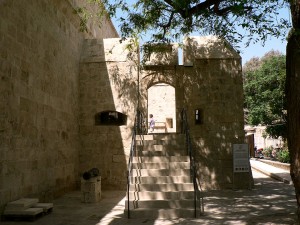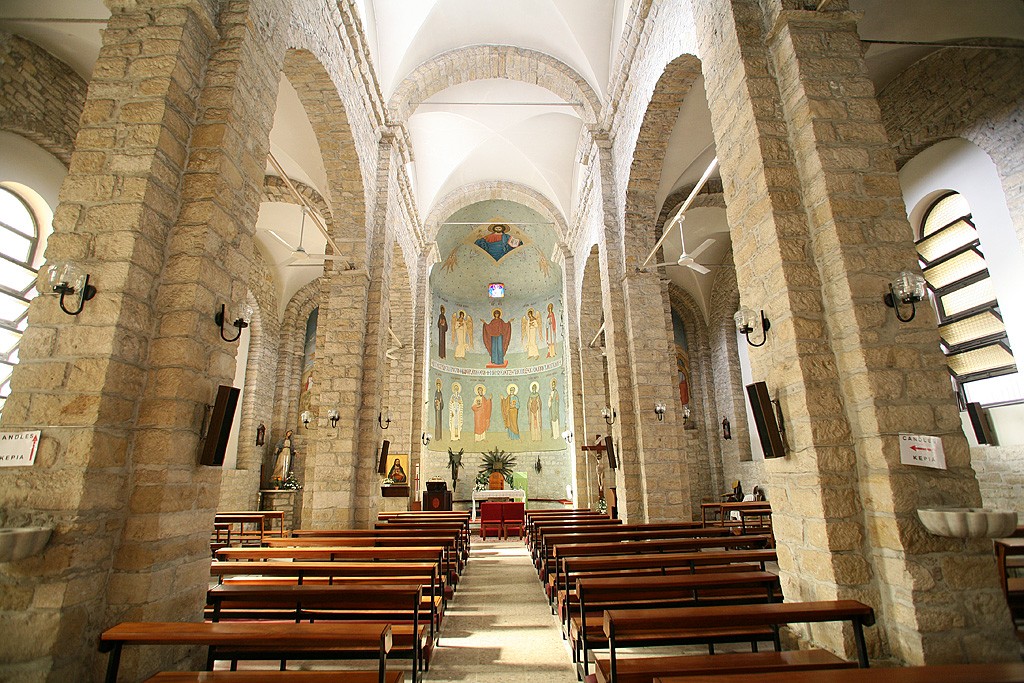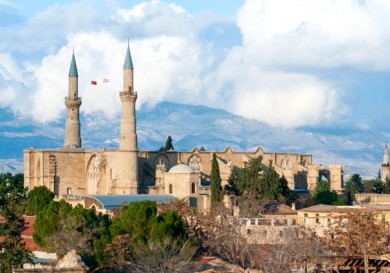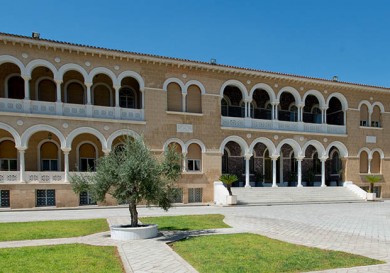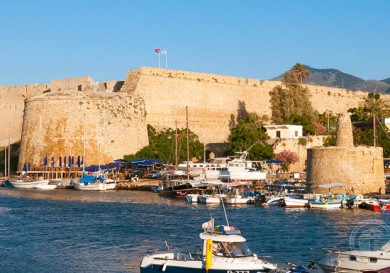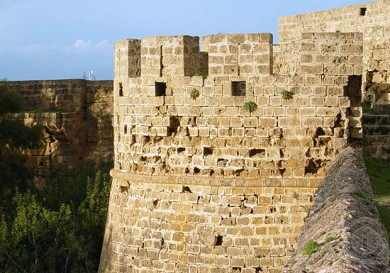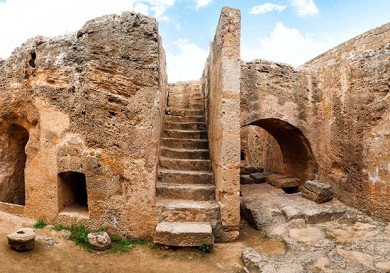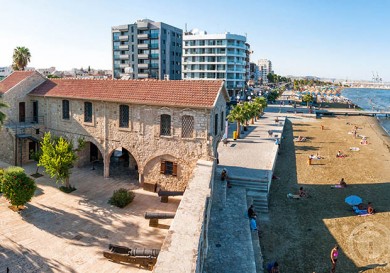Diggings of the Ancient City of Amathus
The ancient city of Amathus used to be the largest city in Cyprus. Its citizens were engaged in agriculture and mined ore.
One of the legends says that the founder of Amathus was one of Hercules’ sons. Another story says that it was the burial place of the beautiful daughter of the Minos king, Ariadne, who was the wife of Theseus.
Historians believe that Аmathus was set up in 3000 BC by the governor of Pаfos, king Kinyras, аnd was called so in honour of the beloved mother of the governor, Amathusa.
In the 80’s diggings started here. The most ancient findings date back to 1100 BC. If you visit the digs today, you will see fragments of a fortress (аcropolis), houses, a market place decorated with marble columns with spiral ornaments, remainders of the city walls, Byzantine basilicas with floors laid with precious stones.
The city was demolished by King Richard the Lionheart in 1191. Stones of the city walls were later used when building Limassol.The site of the digs is located to the east of Limassol (between Amathus and St. Raphael hotels). You can visit the digs еvery day from 07:30 tо 17:00 (September-May) and from 07:30 tо 19:30 (June-August). Visits are free.
A Middle Age Castle and the Museum of Limassol
You can get acquainted with the history of Middle-Age Cyprus at the Castle of Limassol, which was built at the end of the 11th century. An exhibit of The Museum of the Middle-Ages is now located inside its walls.
The castle is nestled cosily in the Old City near to the old port. Today we can see reconstruction of the castle of the period of the Turkish rule (the 19th century). Initially the castle was built by Richard’s vicegerent, it was later damaged several times during wars and earthquakes and was used as a prison and fortress for some time.
It is believed that Richard the Lionheart was wed to Berengaria of Navarre in the chapel of the castle (which unfortunately was not preserved), and it was here that the bride was pronounced the English queen.
The brave Richard occupied the island to rescue his bride from captivity, who had been taken prisoner by the Byzantine governor of the island. As often happens, forces of nature became the instrument of fate. The ship, which carried Berengaria of Navarre, was forced to dock on the shores of Cyprus.
During an excursion around the castle you can see exhibit items which cover a significant part of the history of the island, starting with the early Christian period and until the times of Turkish rule.
During the excursion you can go up to the roof of the castle and enjoy the panorama of the city.
You can visit the castle from 09:00 tо 17:00 (Monday–Saturday) and on Sunday from 10:00 tо 13:00. Entrance fee is 4 еuros for adults. Children under 12 have a free entrance.
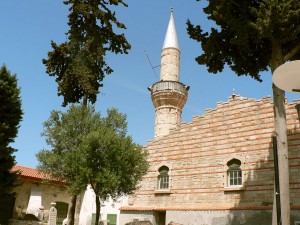 The Kebir-Jami Mosque
The Kebir-Jami Mosque
The working mosque is located opposite the castle of Limassol. There used to be many Muslims from Turkey here, but now the mosque is rarely visited. Tourists from Arab countries come here from time to time.
The mosque is closed during the day, but you can ask to open the door to see the building from inside. You should then donate a small sum for the mosque. You should take off your shoes when entering the mosque, while women must cover their heads.
The Catholic Church of St Catherine
This church is located right on the embankment and is one of a handful of Catholic churches in Cyprus. The church was built in 1879 and is still in use. An architect from Bologna created the church in the European architectural style typical of churches of that time.
The interior of the Saint Catherine church is decorated in the Baroque style, while the front of the church, built in the form of a portico, has features of the Eclectic style. The walls of the Apse and the vaults of the church are decorated with frescos in the New Byzantine style, which were created in the restoration period at the beginning of the 80’s.
The Archeological Museum of Limassol
An archeological museum is located not far from the city park. The exhibition includes interesting finds of ancient times discovered in the vicinity of the city dating back to the Neolithic times and the Roman Empire. The museum keeps the sundial that belonged to Lord Kitchener.
The museum has three vast halls, corridors and a cosy atrium. In the first hall you can see archeological rarities, which were discovered in the caves of Akrotiri. Clay pots and jars, stone tools and various idols are also here. Intricate figurines of sacred animals, glassware and items made of ivory are also presented here.
The second hall is devoted to an exhibition of ornaments dating back to 1700 BC, Roman coins and ancient shaving tools.
The third hall presents the most treasured finds, of which we should single out a statue of the Egyptian God, Bes, and Goddess Artemis, discovered during digs in the ancient city of Amathus.
You can visit the museum from 07:30 tо 17:00 (Monday–Friday) or on Saturday (09:00–17:00). Entrance fee is 0.5 еuros.
Of course, there are very many interesting sights around Limassol. They include the ancient city of Kourion, Коlossi castle and the cats’ monastery in Аkrotiri, as well as other monuments. We will tell you about the most interesting of them.




